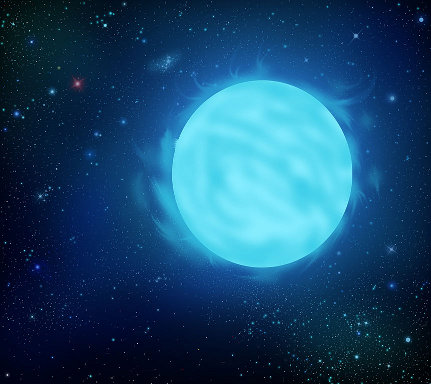
In 2010, the discovery of four stars with really bige masses in the star cluster R136 in the Large Magellanic Cloud, a galaxy at “only” 160,000 years light from the Milky Way, left scientists baffled. In fact, so far the observations suggested that stars could reach 150 solar masses while the four stars found are much more massive, with the largest over 300 solar masses.
A group of astronomers from the University of Bonn created a sophisticated simulation to try to understand how stars of such size could be formed. The star cluster includes over 170,000 stars, therefore, simulating its evolution was an enormous task that required considerable computing power.
The computer had to solve about 510,000 equations and it had to do it many times over. A further complication was caused by the effect of nuclear reactions and the energy released by every star but also the possibility that in a cluster so crowded the stars might be clash into each other.
The simulation used the software NBODY6 developed at the University of Cambridge, which can use the graphics cards processors that now have enormous computing power. The result was that the “monster stars” such as R136a1 (Image ©Sephirohq) discovered in 2010 are the result of a merger of two stars.
Recently, a research was published showing how blue giant stars are usually in pairs which often are very close. It was theorized that some of those couples will eventually merge and the discovery of these incredibly massive stars confirms that hypothesis.
[ad name=”AmazonScience”]
Such massive stars are short-lived because of the speed at which they consume their hydrogen and later helium and heavier elements in successive stages of nuclear fusion. Normally, the giant blue stars die in supernovae but 300 solar masses instead cause a hypernova, which leads to a release of energy over 100 times higher. There’s a suspicion that the hypernovae can originate gamma-ray bursts, very high-energy electromagnetic radiation emissions.
We better watch star monster like those discovered in 2010 because the release of energy in a hypernova could cause a disaster on Earth even from several light years. Luckily, the ones found are in another galaxy, at a safe distance.

